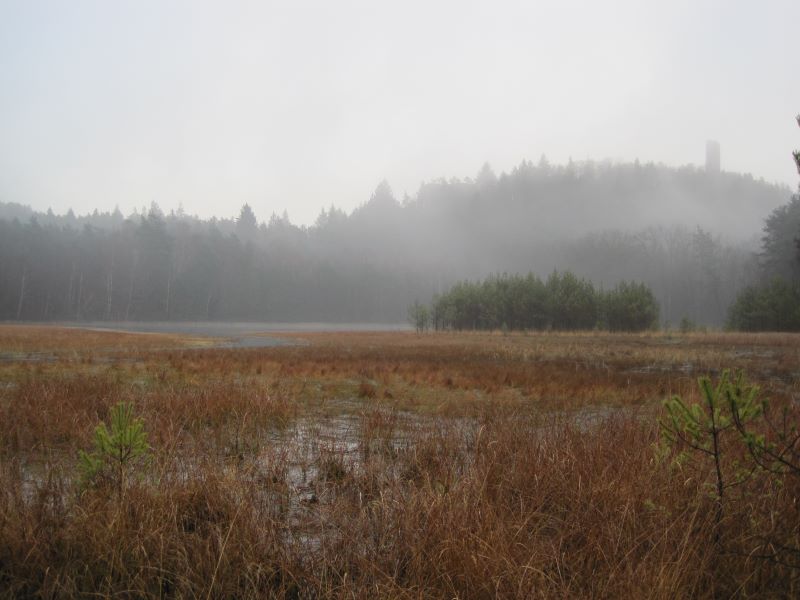Axis 1
Dynamics of the Critical Zone
Interactions and transfers within soils and hydrosystems
This objective is to improve our knowledge of interactions and transfers within the Critical Zone, in particular between its components: surface water, groundwater, soil, weathered rock, biocenoses. GEODE is particularly interested in hydrosystems and soils (peatlands, karst and alluvial aquifers, permafrost), which are essential in terms of water resources, climate regulation and biodiversity conservation. The group aims to better understand their biogeochemical functioning and their response to anthropogenic and natural forcing.
Innovative and interdisciplinary approaches are developed (imaging, remote hydrodynamic monitoring, fine detection of contaminants) to characterize the structure and spatio-temporal evolution of these environments, which are generally heterogeneous and inaccessible. The interface between the different compartments of the critical zone (karst/peat bog, karst/lake…) is investigated to better address issues such as water reservoirs/springs location, or sudden drying up of rivers and lakes (e.g. in Jura). We aim at proposing new management and preservation frameworks of these environmental environments. We base our work on high-resolution and long-term dataset. The group is also implied in the management of national observatories (OZCAR [SNO KARST, SNO Tourbières, SNO H+, SNO RENOIR], RZA [ZAAJ]) and the setting up of observatories in developing countries (GDR Rift).
Paleoenvironments and geoarchaeology
The long-term relationship between human being and his environment is explored: (1) the construction, management and transformation of territories and landscapes (e.g. mining environments and ancient exploitation of mineral resources), (2) the fluctuation of different populations and their impact and/or adaptation to an environment exposed to climatic variations (e.g. impact of the last deglaciation in mountain massifs or boreal zones, impacts of sea level variations on coastal populations).
We aim at determining the environmental context of human evolution and mobility based on a combined analysis of archaeological and geological data (outcrops, palustrine, lacustrine and coastal sedimentary archives).
© Anne-Véronique Walter-Simonnet


